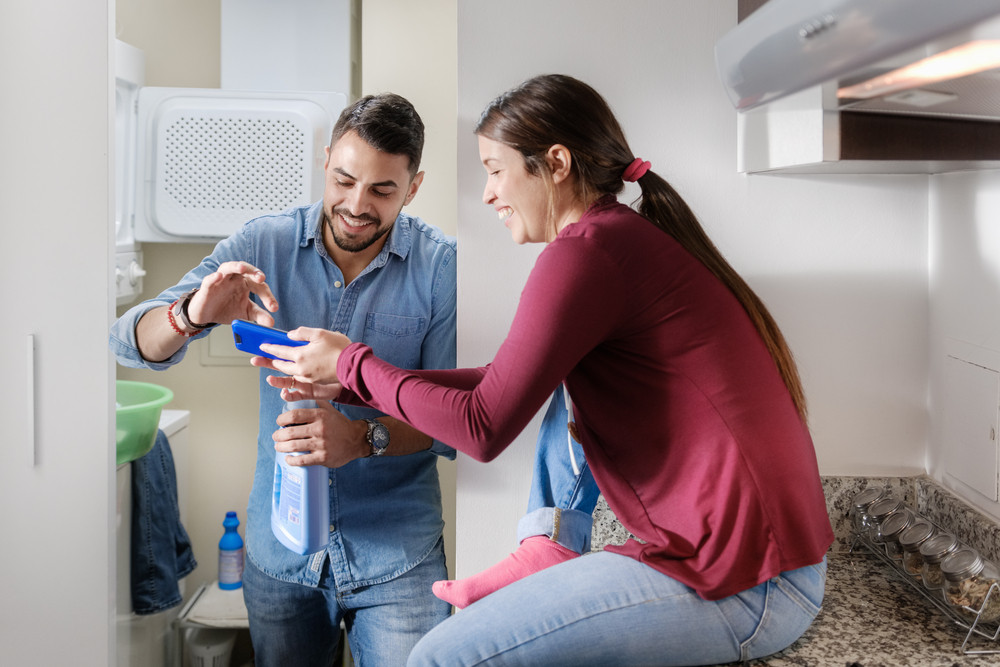Any parent knows that keeping a safe home is a top priority. But beyond the obvious dangers like hot stoves and open windows, there are many potential hazards lurking in every room. Here are six common home hazards that every parent should be on the lookout for.
1. Choking Hazards
Small objects are one of the most common choking hazards in the home. Children often put small toys, coins, jewelry, and other objects in their mouths. These can easily become lodged in the throat and block the airway. Keep a close eye on young children, and ensure they’re not putting anything small in their mouths.
If you have older children, be sure to teach them about the dangers of choking. They should know how to identify signs of choking and what to do if someone is choking. This way, they can help keep younger siblings safe.
2. Poisonous Chemicals
Many common household cleaning products and chemicals are poisonous if ingested. Be sure to keep all chemicals out of reach of children. Better yet, opt for natural, non-toxic cleaners whenever possible.
If you must use dangerous chemicals, be sure to follow the manufacturer’s instructions carefully. And always store chemical products in their original containers with the labels clearly visible.
Poisonous plants are another hazard to be aware of. Some common household plants, such as lilies and philodendrons, can be deadly if ingested. Keep all plants out of reach of children, and teach older children which plants are dangerous.
3. Mold
According to the EPA, one in ten houses in the United States has a plumbing leak. If these leaks are not fixed, they can lead to mold growth. Mold is a serious health hazard. Exposure can cause respiratory problems, skin irritation, and other serious illnesses. If you suspect that there is mold in your home, it’s important to have it professionally removed. In the meantime, be sure to keep the affected area well-ventilated.
Remember to also check other damp areas such as basements and bathrooms for mold. These areas should be well-ventilated to prevent the growth of mold. You can also use a dehumidifier to help keep the air dry.
4. Carbon Monoxide
Carbon monoxide is a colorless, odorless gas that can be deadly. Unfortunately, it’s produced by many common household items, such as furnaces, water heaters, and dryers. That’s why it’s important to have carbon monoxide detectors in your home. These devices will sound an alarm if the level of carbon monoxide in the air becomes too high.
Be sure to also have your furnace and other gas-powered appliances professionally serviced regularly. This will help to prevent the build-up of carbon monoxide in your home.
5. Garage Doors
According to estimates, a garage door opens and closes around 1500 times a year. That’s why it’s important to perform regular maintenance on your garage door to keep it in good working order.
Be sure to check the springs, cables, and rollers for wear and tear. You should also have the door opener serviced regularly. Failure to do so could result in the door falling and causing serious injury. In addition, always keep the garage door closed when not in use. This will help prevent children from entering the garage and playing with the door.
6. Structural Issues and Weather Hazards
Homes are constantly subjected to wear and tear. Over time, this can lead to structural problems such as cracked foundations and sagging roofs. These problems can be costly to fix, but they can also be dangerous. That’s why it’s important to have your home regularly inspected by a qualified professional.
Luckily, a consumer survey shows that 65% of homeowners are more likely to repair roofs following a major weather event. So, if you live in an area prone to severe weather, keep an eye on your roof and have it inspected regularly.
There are many hazards that parents should be aware of in the home. By taking some simple precautions, you can help to keep your family safe from harm.
